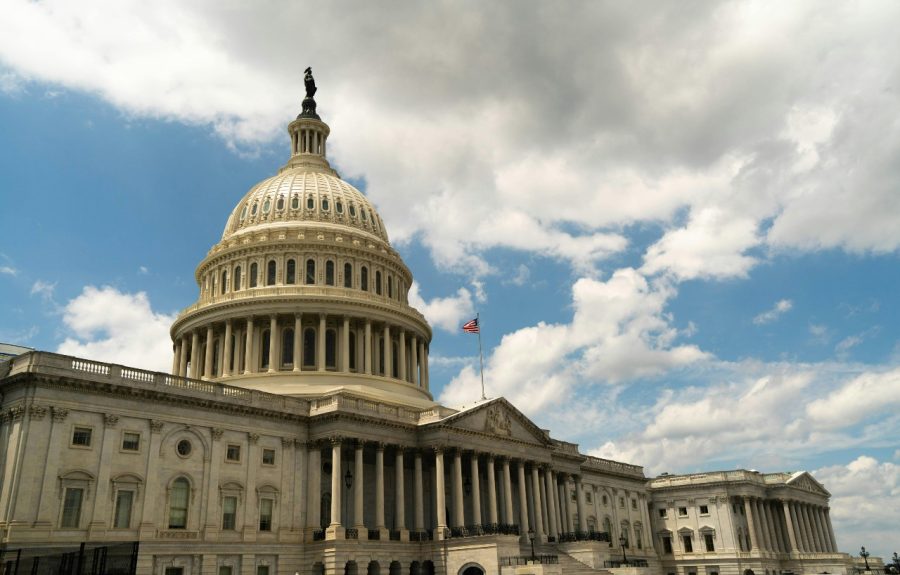Harvard and MIT are offering free online classes, so tens of thousands of people still stinging from getting rejected a year, a decade or a generation ago can log on, take a class and tell themselves (and their friends) that they could have hacked it at the best schools in the country.

But if Harvard and MIT hold true to their commitment to share the technology and the wisdom they get by developing online learning platforms, there could be a bigger benefit for higher education as a whole: a drastic improvement in the six-year graduation rate.
The Problem: A Primer on Six-Year Graduation Rates
Six-year graduation rates are the measuring stick of choice for how well a school does in converting students into alumni. Congress mandated in 1990 that colleges begin reporting the numbers as a way for people to compare one school to another.
People outside of higher education are always a bit shocked when they hear that the national average is 56.5%, meaning just over one out of two people who entered college in 2006-07 will have graduated by the end of this year’s commencement season.
The bigger burden – and one presidential candidates may want to touch on as they continue to debate student loans – is that many of those people who don’t make it through college in six years are paying back (or defaulting on) student loans that they would have conceivably had an easier time paying off with the higher income a college degree is supposed to provide.
I teach part-time at Bridgewater State University, a publicly supported school in Massachusetts that has a six-year graduation rate of 54%: in line with the national average but significantly lower than the state average of 69.2% (which was the highest of any state in the country in 2009, the most recent year for which data is available).
Harvard, incidentally, has a six-year graduation rate of 97%. MIT checks in at 93%.
Six-year graduation rates are influenced by a wide range of factors, but one of the biggest predictors is first-year retention rates. In other words, get a student through that freshman year and there is a good chance he or she will eventually graduate. In most of the 10 semesters I’ve been at Bridgewater State, I have taught at least one section of the two-part first-year writing class that all students are required to take. This is a make-or-break course for first-year students at any school, and often a key indicator of whether or not a student is going to make it through his or her freshman year.
How the Harvard and MIT Initiative Can Help Improve Six-Year Graduation Rates
Theoretically, freshman writing at any school is designed to help prepare students for the writing assignments they will face in college. But it also serves as an inadvertent weeding-out process: Generally speaking, if a student struggles in that class, there’s a good chance I won’t bump into him or her in what should have been sophomore year.
But what if students could take that crucial class for free, online, in the summer – or even the school year before they arrived on campus? What if they could get a taste of what they were getting themselves into before they signed student loan agreements and committed to moving across state or across country?
The first MIT classes accommodated 120,000 students. Conceivably, at a school like Bridgewater State – where undergraduate enrollment is about 10,000 – the entire incoming freshman class could arrive on campus having already completed their first course. But the class also could have served as a warning for students who were coming to college ill-prepared.
I’m not, and never will be, in the “college isn’t for everyone” camp, but I am convinced that college isn’t for every 18-year-old. It’s not always a maturity thing, either: whereas a lot of people have traditionally gone to college to figure out what they want to do, it increasingly makes sense for students to take a year or two – or five – after high school to figure out what they want to do, and then figure out how college can help them obtain those goals.
Failing a class in a free, lower-stakes environment may be the wake-up call some students and parents need before they realize they’re not quite ready for college. Or it may be the incentive students need to get extra help and preparation before they move into their dorms.
For the students that pass, it would build their confidence to tackle other classes, and they would arrive on campus with three credits and one requirement already out of the way.
Getting a Leg Up
There’s a benefit to mid-tier schools like Bridgewater State that essentially give away a free class. As George Siemens, who teaches at the publicly supported online Canadian university Athabasca University, told The New York Times, increased access to online classes from the Ivies and other top schools – plus the ever-increasing pressure from for-profit schools like the University of Phoenix – mean mid-tier schools may be losing their niche demographic.
“If I were president of a mid-tier university, I would be looking over my shoulder very nervously right now, because if a leading university offers a free circuits course, it becomes a real question whether other universities need to develop a circuits course,” Siemens said.
One way around the problem is to embrace the technology and be a leader in its implementation before it becomes a problem or a threat. Another is to boost student goodwill by letting them use it to their advantage and before they even arrive on campus. If such a system can indeed boost those six-year graduation rates (and educators won’t know until someone tries it and studies it), there’s a good chance more affordable schools like Bridgewater State could maintain their competitive edge.










